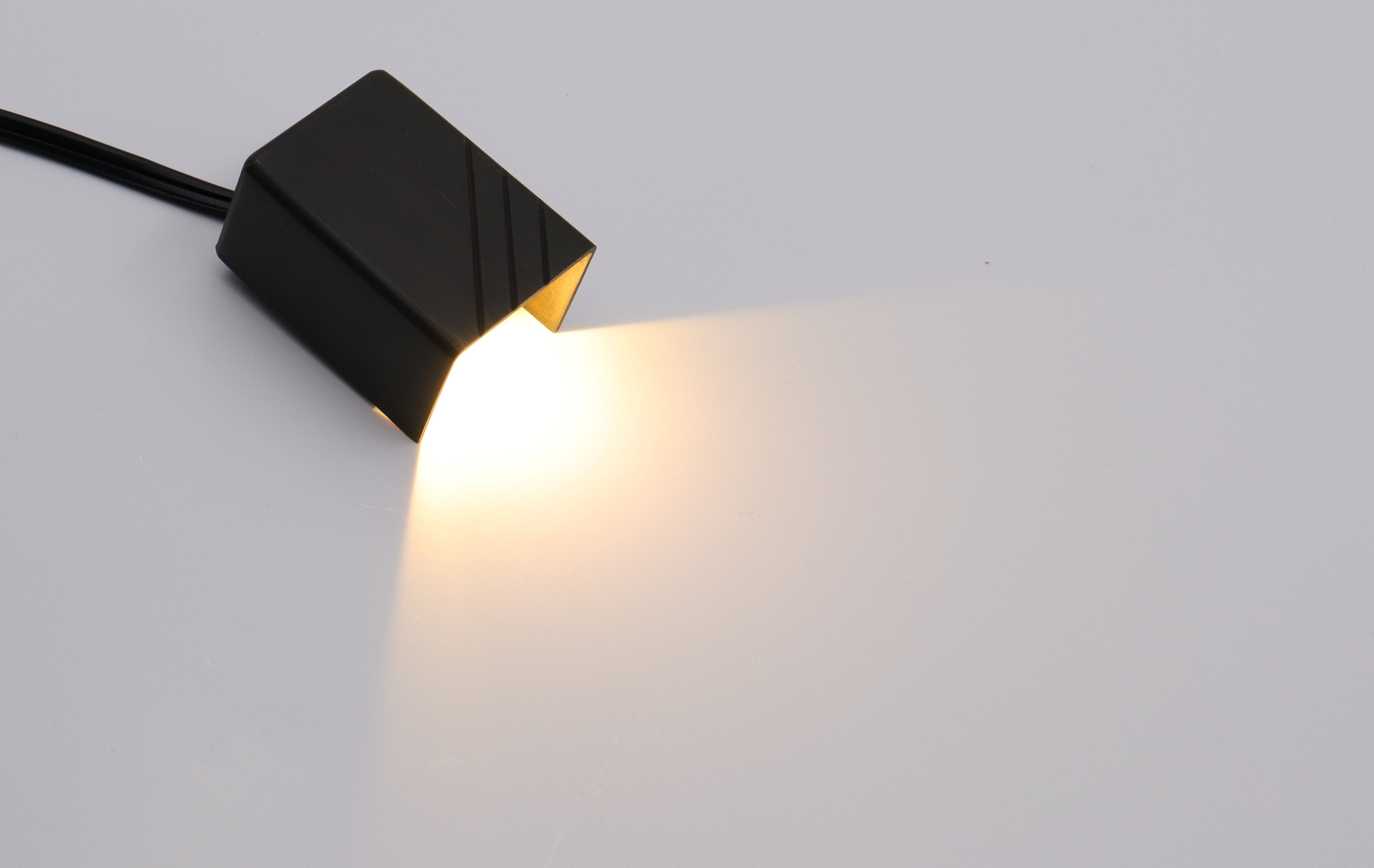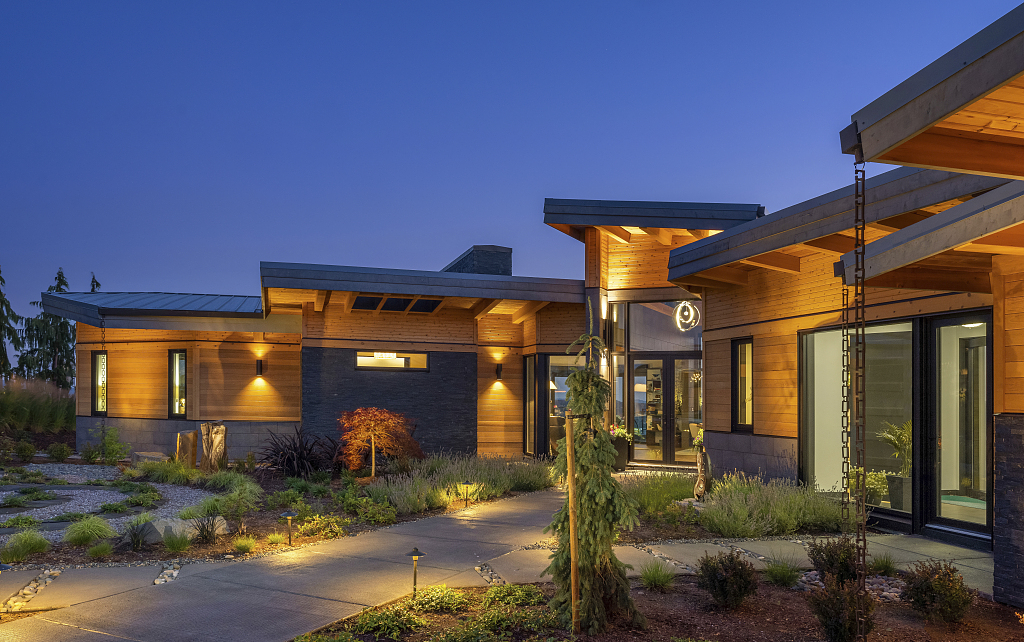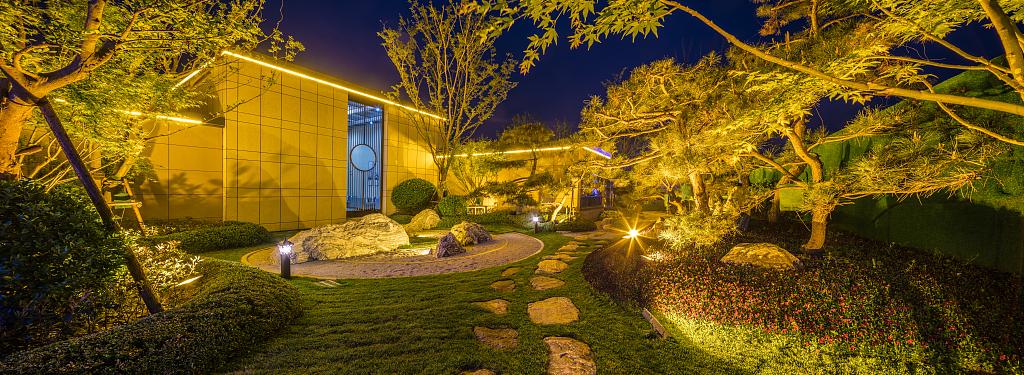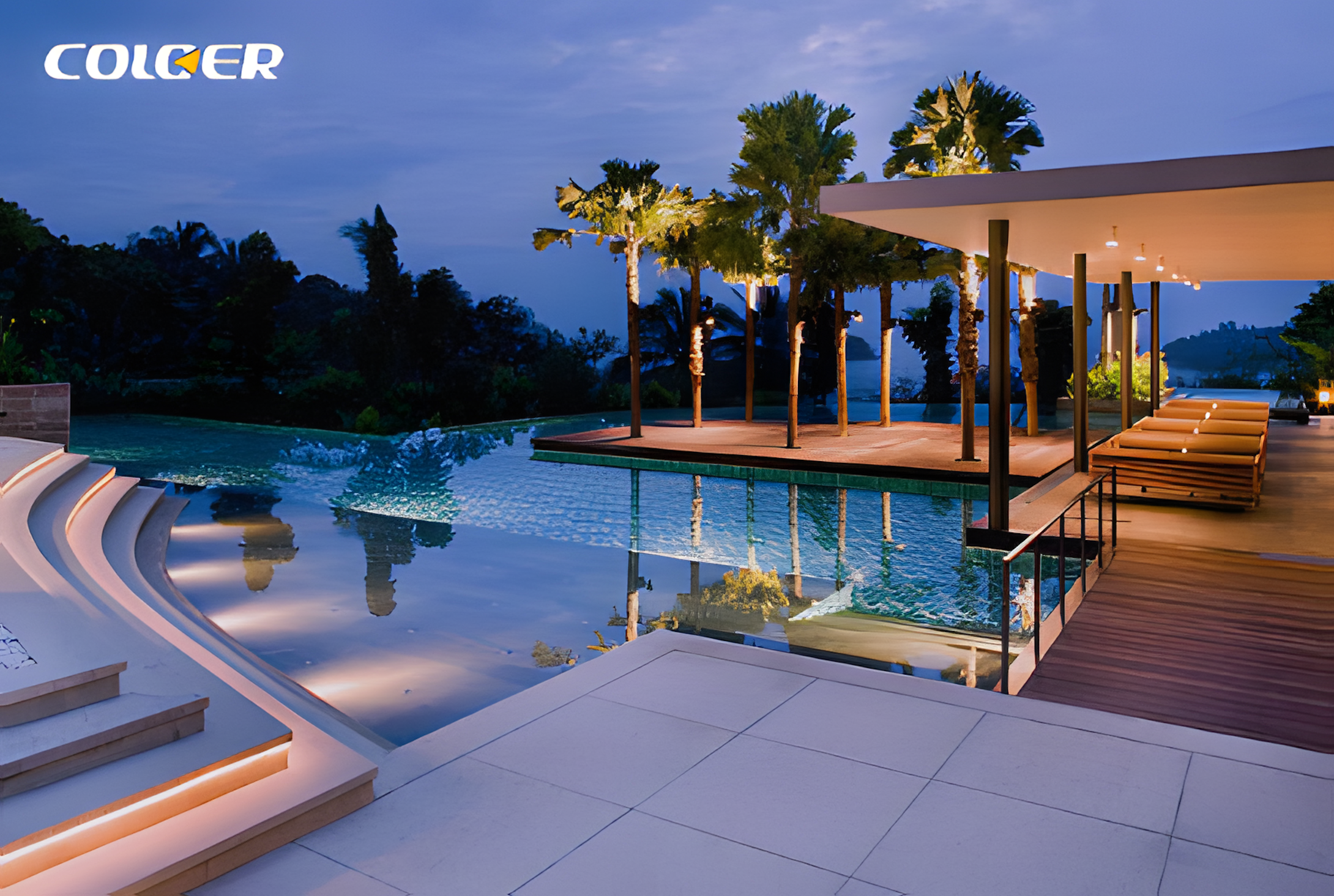When selecting outdoor lighting for your landscape, durability is just as important as aesthetics. A beautifully designed fixture won’t last long if it can’t withstand rain, snow, dust, or extreme temperatures. That’s where weatherproof ratings come into play. Understanding these ratings ensures your landscape lighting remains functional, safe, and visually appealing for years.
In this guide, we’ll break down everything you need to know about weatherproof ratings, including:
- What IP and IK ratings mean for outdoor lighting
- How to choose the right protection level for different landscape lighting applications
- Common weather-related failures and how to prevent them
- Expert-backed recommendations for long-lasting outdoor illumination
Why Weatherproof Ratings Matter in Landscape Lighting
Outdoor lighting fixtures are constantly exposed to environmental stressors, including:
- Rain, snow, and humidity – Leading to corrosion and electrical failures
- Dust and debris – Causing internal damage and reducing light output
- Temperature fluctuations – Affecting materials and electronic components
- Physical impacts – From gardening tools, falling branches, or accidental knocks
Without proper protection, these factors can lead to:
- Shortened lifespan (premature failure of LEDs or wiring)
- Safety hazards (electrical shorts, water ingress)
- Increased maintenance costs (frequent replacements or repairs)
This is why reputable manufacturers test their outdoor lighting products against standardized weatherproofing benchmarks, primarily the IP (Ingress Protection) and IK (Impact Protection) ratings.
Understanding IP Ratings for Outdoor Lighting
The IP rating (Ingress Protection) is an international standard (IEC 60529) that defines how well a fixture resists solids (dust) and liquids (water). It consists of two digits:
- First digit (0-6): Protection against solids (dust, debris)
- IP5X: Dust-protected (limited ingress, no harmful deposits)
- IP6X: Dust-tight (no ingress at all)
- Second digit (0-9): Protection against liquids (water, moisture)
- IPX3: Resists spraying water at up to 60° from vertical
- IPX4: Resists splashing water from any direction
- IPX5: Resists low-pressure water jets
- IPX6: Resists high-pressure water jets
- IPX7: Can withstand temporary immersion (up to 1m for 30 min)
- IPX8: Suitable for continuous submersion

Recommended IP Ratings for Different Landscape Lighting Applications
| Fixture Type | Minimum IP Rating | Why? |
|---|---|---|
| Path & Step Lights | IP65 | Must resist rain, sprinklers, and foot traffic debris |
| Wall & Post Lights | IP44 - IP65 | Depending on exposure (covered vs. fully exposed) |
| Flood & Spot Lights | IP66 | Often installed near ground level, exposed to rain and dirt |
| Underwater Lights | IP68 | Must withstand continuous submersion |
| Deck & Railing Lights | IP67 | May face splashing, snow buildup, or cleaning sprays |
Understanding IK Ratings: Protection Against Physical Impact
While IP ratings focus on dust and water resistance, IK ratings measure a fixture’s ability to withstand mechanical impacts. The scale ranges from IK00 (no protection) to IK10 (highest impact resistance).
| IK Rating | Impact Energy (Joules) | Typical Use Case |
|---|---|---|
| IK06 | 1 J | Light fixtures in low-traffic gardens |
| IK07 | 2 J | Path lights, wall sconces |
| IK08 | 5 J | High-traffic areas, commercial landscapes |
| IK10 | 20 J | Vandal-resistant lighting (public spaces) |
Common Weatherproofing Failures & How to Avoid Them
Even high-rated fixtures can fail if installed incorrectly. Here are the most frequent issues and expert-backed solutions:
1. Water Ingress Due to Poor Sealing
- Problem: Moisture seeps into electrical components, causing short circuits.
- Solution: Ensure gaskets are intact and use dielectric grease on connections for extra protection.
2. Corrosion from Salt or Chemicals
- Problem: Coastal areas or de-icing salts accelerate metal corrosion.
- Solution: Choose marine-grade stainless steel or powder-coated aluminum fixtures.
3. UV Degradation of Plastic Housings
- Problem: Sunlight weakens plastic, leading to cracks and discoloration.
- Solution: Opt for UV-resistant polycarbonate or ABS materials (common in high-end LED fixtures).
4. Thermal Stress Cracking
- Problem: Extreme heat/cold cycles cause material fatigue.
- Solution: Select fixtures with wide operating temperature ranges (e.g., -20°C to 50°C).
Expert Tips for Choosing Weatherproof Landscape Lighting
1. Match the IP Rating to Your Climate
- Wet regions (Pacific Northwest, tropics): IP65+
- Dry, dusty areas (Southwest USA): IP6X for dust resistance
- Coastal zones: IP66 + corrosion-resistant materials
2. Prioritize IK07+ for High-Traffic ZonesDriveways, walkways, and playgrounds need higher impact resistance.
3. Check for Certifications Beyond IP/IK
4. Avoid Cheap Knockoffs
- Some budget fixtures claim high IP ratings but fail real-world testing.
5. Maintenance Matters
- Clean lenses annually to prevent dirt buildup, which can trap moisture.

Final Thoughts: Investing in Long-Lasting Outdoor Lighting
Weatherproof ratings aren’t just marketing terms—they’re critical to ensuring your landscape lighting performs reliably in real-world conditions. By selecting fixtures with the right IP and IK ratings, you’ll avoid costly replacements and maintain a stunning outdoor ambiance year-round.
Key Takeaways:
✔ IP65 is the gold standard for most landscape lighting.
✔ IK07+ is ideal for fixtures in high-traffic or vulnerable locations.
✔ Material choice matters—opt for UV-resistant, corrosion-proof housings.
✔ Proper installation & maintenance extend fixture lifespan.
By following this guide, you’ll make informed decisions that balance aesthetics, durability, and safety—ensuring your outdoor lighting remains a highlight of your landscape for years to come.






Leave a comment
All comments are moderated before being published.
This site is protected by hCaptcha and the hCaptcha Privacy Policy and Terms of Service apply.